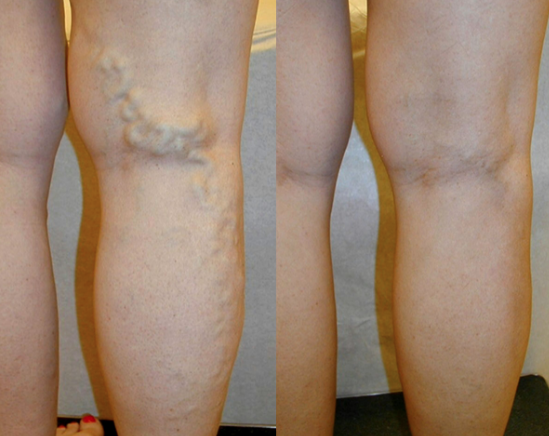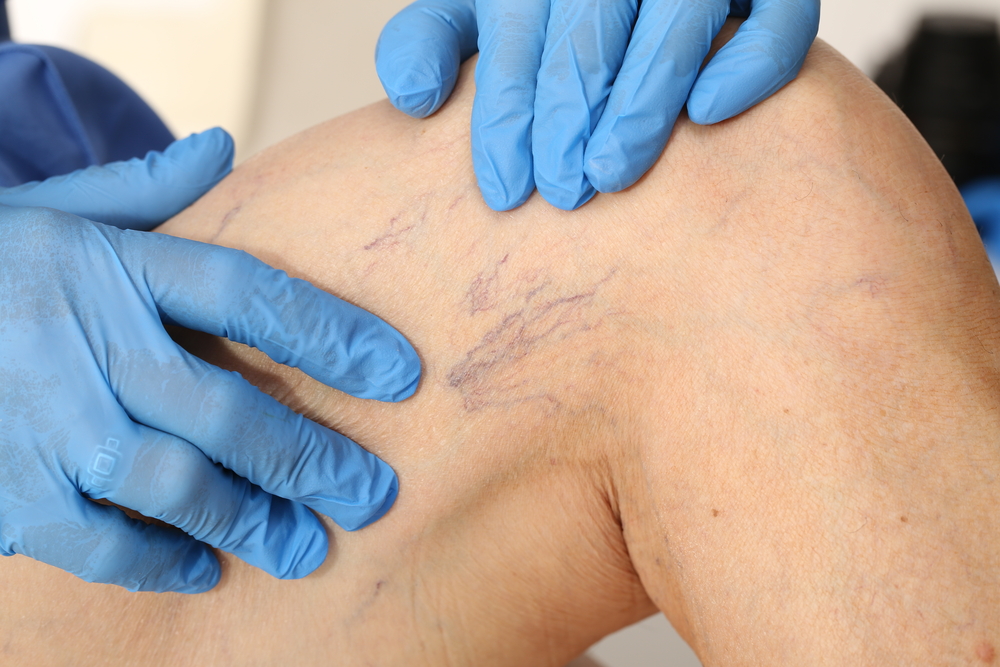3 Commonly Asked Questions of Spider Vein
The vein is an essential part of the human system. Without it, the body won’t function properly as the vein helps the body by circulating blood all through it.
It is a known fact that diseases affect all living without the exclusion of humans. Due to this natural phenomenon, a lot of humans suffer from the affliction of medical conditions. However, modern science has enabled us to isolate and observe several diseases, know how it operates on hosts, and proffer solutions or treatment methods. Thus, there is a load of information about a condition, how it operates, and how to treat it. But this isn’t enough. Public information sometimes does not do justice to a topic.
In this light, we answer the three most commonly asked questions about the medical condition called spider vein.
What is Spider Vein?
Most individuals react the first time they hear about spider vein by asking what it is. Although most practicing professionals know about this, they would have to explain what it means in layman’s terms.
A spider vein is a colloquial word for telangiectasis and is the result of the damage of small blood vessels that are underneath the skin. They appear in terms of color like purple, blue, and red lines on the leg. Although it can appear on any part of the body, it is mostly found on the legs, and sometimes it could be seen or found on the face.
The term telangiectasis was described in 1807 by a man named Von Graf, with it the name coming from Greek words, telos, angeion, and ektasis, each meaning end, vessel, and dilatation, respectively.
Spider veins can cause a health problem, although the issues it causes are not of the severe kind. However, they could be painful on occasion and can be a cosmetic nuisance. Most of the time, the treatments used to treat it aim to improve the spider veins appearance on the human skin.
Studies have shown that most adults will, at one point in their life, develop spider veins. The typical age of contagion is said to be from the age of 30 to 50 years and is said to affect men less but more women. However, when men get to have it, their cases are usually more serious.
What causes Spider Vein?
Another frequently asked question about spider veins is the cause. As is known by everyone, every disease or illness that plague the human body has an origin or a cause. Now to answer the question below:
There are several causes of spider veins in the human body. It ranges from:
1. Genetics
One of the causes of spider veins in the human body is transferring the characteristics from the patents to the offspring. In this case, there might have been a case of spider vein in the family history, and the features of the condition then manifest themselves in your body.
2. Occupation
The occupation of an individual can also lead to spider veins. Mostly, the cause of this is because of the nature of the job. When your job requires you to stand for a long period without room for rest in-between, you stand a chance of getting spider vein. The occupations that could cause spider vein includes, Teaching, nurse, Factory worker, etc.
3. Obesity
Too much fat can is another reason for spider veins in the legs. The excess fat in the body leads to hormonal influences in the system. Because of this excess fat, your joints find it challenging to support your weight. Thus causing extreme strain and pain to the legs; because of this load, the spider vein develops there.
There are other causes of spider veins in the human body; knowing them would help you understand your risk factors. Although it might be of a serious medical threat to you, you wouldn’t want to live with a nuisance to your skin. When you suspect yourself of having a spider vein, the symptoms to look out for are a burning sensation, dull discomfort, and the appearance of a thread-like vein with blue, red, and purple color on the affected or suspected area.
How is Spider Vein Treated?
Every disease or infection has a specific procedure or ways that it gets treated; this one included. Different methods treat a spider vein. Most of the time, the technique that would be chosen by your specialists would depend on the diagnosis and the severity of the condition. Let’s look at the ways spider veins can be removed.
Sclerotherapy: It is a medical procedure where a solution is injected into the body’s affected area, and this solution is always salty. This procedure is still used for small varicose veins, hemorrhoids, and spider veins. This injected solution gets the lining of the tissue where it was injected to become irritated, causing it to collapse and become scarred. Although this method is sufficient to treat spider veins, your specialists would need to determine if you pass to use this after some factors have been considered. Apart from that, there are side effects that your specialists would let you know of before you would begin treatment.
Compression stockings: Compression stocking, also known as support stockings, can be used to alleviate symptoms in the legs. They help by increasing the pressure in the legs, thereby improving circulation. These stockings come in various styles and different compression strengths. Your medical doctor can recommend the proper pair for you.
Laser Therapy: This is an alternative treatment method for spider veins that can be performed in your physician’s office. Laser therapy makes use of a focused beam of light that heat and damages the affected blood vessel, thereby causing it to fade. It is often used to complement sclerotherapy to maximize results.
Vein Gogh Treatment: This method of treatment makes use of a high burst technology; here, your specialists use the burst to produce heat that causes the vein to collapse and making use of precision tools to avoid affecting surrounding areas of the vein. This procedure is safe for any skin tone and skin type and takes only a few minutes to complete.
Lifestyle changes: Good skin hygiene, maintaining a healthy weight, avoiding tight clothing, limiting alcohol consumption, and walking can help treat spider veins. Affected individuals should avoid standing or sitting for prolonged periods and elevate the legs while sitting or sleeping to improve circulation and decrease swelling in the legs.
These are some of the ways that spider vein gets treated. So, in an event where you get infected by it, one of these methods would be employed by the specialist that you would visit to deal with the condition.
Summary
If, from the answers to the questions provided above, you believe that you are suffering from spider veins, it is important to have your spider veins evaluated and to get treatment as soon as possible to prevent complications such as skin ulcers and sore. At the cardiovascular specialist of South Florida, we have experienced professionals whose intervention will ensure that you receive the proper treatment. Contact us today to schedule an appointment.





